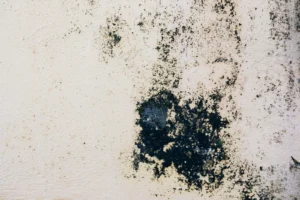
Tackling Foundation Leaks: A Comprehensive Guide
Foundation leaks can be a homeowner’s nightmare, leading to significant structural damage and costly repairs if not addressed promptly. Understanding the causes, identifying the signs, and knowing how to handle foundation leaks can save you time, money, and stress. In




